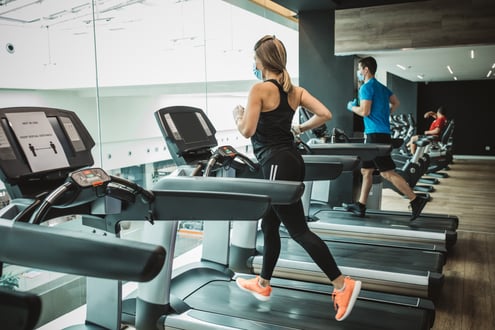 As more companies welcome their employees back to the office, they are also developing reopening strategies for their onsite fitness centers. It’s one thing to establish social distancing protocols in office spaces, breakrooms, etc., and it’s a whole other ballgame managing traffic in and out of the dynamic environments of locker rooms and fitness centers full of movement. NIFS has been helping our clients prepare their reopening plans so they can do so with confidence that this engaging space is safe for their employees. As your organization considers its reopening plans, review these considerations and align policies that best support your space and programming expectations of your members.
As more companies welcome their employees back to the office, they are also developing reopening strategies for their onsite fitness centers. It’s one thing to establish social distancing protocols in office spaces, breakrooms, etc., and it’s a whole other ballgame managing traffic in and out of the dynamic environments of locker rooms and fitness centers full of movement. NIFS has been helping our clients prepare their reopening plans so they can do so with confidence that this engaging space is safe for their employees. As your organization considers its reopening plans, review these considerations and align policies that best support your space and programming expectations of your members.
- Locker Rooms: don’t just think about how many people your fitness center can accommodate with proper social distancing, also consider how many individuals your locker rooms can accommodate and if you will allow that space to be accessible. Consider the traffic flow of your locker room, the number of showers you have available, and how many people that space can safely accommodate to help you determine capacity limits.
- Reservation Systems: if your employees are anxiously awaiting the reopening of their fitness center, consider how to best manage the traffic in your space especially during peak times of day before work, over the lunch hour, and immediately after work with a reservation system. Within that reservation system, consider how many users you can accommodate in the space (again, include those locker rooms), how long each session will last and how much time is needed to sanitize the space before the next round of users arrive. Also consider who or how you will manage this reservation system.
- Equipment Spacing & Cleaning: consider how you might need to stagger equipment or put select pieces of out of service to allow for adequate distancing between users. In a fitness center where fans are blowing and respiration rates are high, we recommend a minimum of 10’ between equipment opposed to the standard 6’ for social distancing. In addition, consider how smaller, hard to clean pieces of equipment should be sanitized between users or taken out of circulation. Or perhaps you have a cleaning box for small equipment to be dropped like bands, foam rollers, etc., so your onsite staff can ensure they are properly cleaned before placing on the floor again. Also provide touchless sign-in methods if you track visits and provide touchless water refill stations opposed to drinking fountains.
- Appointments & Services: consider limits on the number of participants in classes and whether you need to schedule back to back offerings on your calendar to accommodate the demand. It might not be efficient, but likely what is needed for your larger groups. Again, consider 10-12’ between your participants and even the types of formats you are offering. Avoid circuits or boot camp style classes where participants rotate stations sharing equipment. For one-on-one services such as fitness assessments or personal training, work with your onsite staff to develop the appropriate cueing to conduct their appointments while maintaining proper distancing from the member.
- Signage & Reminders: as people settle into old workout routines and habits, it’s important that they remain diligent on the current protocols within your facility. Provide extra cleaning supplies around the fitness center with reminders to wipe down equipment before and after use, use tape or other markers to indicate participant “spots” in free weight areas and group fitness classes to ensure distancing and include signage with general reminders about your company’s COVID safety protocols.
As always, stay on top of current CDC guidelines and best practices for the operations and programming in your onsite fitness center. Need support in developing a plan for your organization? Contact NIFS for consulting services or to discuss how our qualified fitness staff are effectively managing these reopening strategies for their clients.


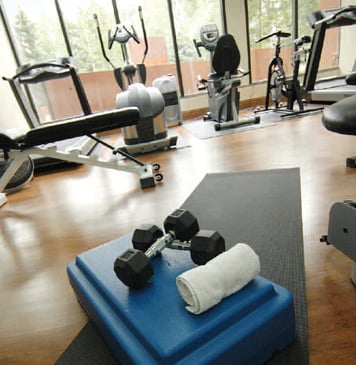 Clients regularly ask me whether we have any recommendations or contacts for certain exercise equipment, or if we have any successful models in place for collaborating with rehab departments or cafeteria vendors. The bulk of our contacts in the world of fitness are with current clients where we have our professional staff on the ground managing their fitness program, or with consulting clients where we are providing support and resources to enhance their existing program. However, we also have a large network of industry contacts that we partner with, allowing us to (1) provide the quality service we do to our clients and (2) support other businesses outside of a client setting.
Clients regularly ask me whether we have any recommendations or contacts for certain exercise equipment, or if we have any successful models in place for collaborating with rehab departments or cafeteria vendors. The bulk of our contacts in the world of fitness are with current clients where we have our professional staff on the ground managing their fitness program, or with consulting clients where we are providing support and resources to enhance their existing program. However, we also have a large network of industry contacts that we partner with, allowing us to (1) provide the quality service we do to our clients and (2) support other businesses outside of a client setting.




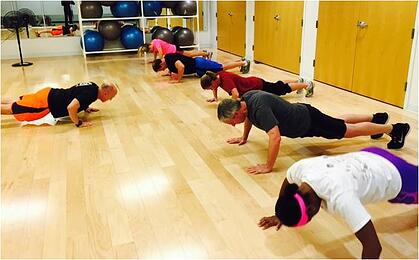 NIFS isn't the only agency that provides fitness management expertise to businesses. There are several like us because the market demands it. While many organizations have adopted a DIY attitude about managing their own fitness programs, an additional (and substantial) set of businesses has recognized the value in outsourcing fitness center management for their corporate fitness center or in their senior living community.
NIFS isn't the only agency that provides fitness management expertise to businesses. There are several like us because the market demands it. While many organizations have adopted a DIY attitude about managing their own fitness programs, an additional (and substantial) set of businesses has recognized the value in outsourcing fitness center management for their corporate fitness center or in their senior living community.
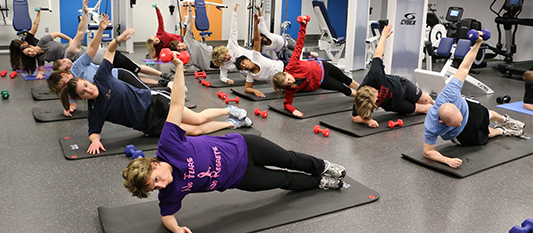
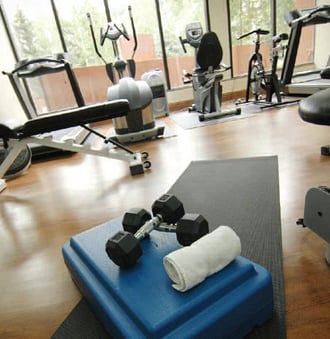 When a business makes the commitment to put in a corporate fitness center, they are making a statement (hopefully one of many) about how important their employees’ health is. It’s a substantial investment, and the project is not to be taken lightly.
When a business makes the commitment to put in a corporate fitness center, they are making a statement (hopefully one of many) about how important their employees’ health is. It’s a substantial investment, and the project is not to be taken lightly. 
 Costs for care, costs for absenteeism, vendor costs, the cost of doing nothing…there has been a lot of chatter and posturing online recently about this information as it relates to corporate wellness. In case you’re not quite up to speed on all the cost-related information, here’s an
Costs for care, costs for absenteeism, vendor costs, the cost of doing nothing…there has been a lot of chatter and posturing online recently about this information as it relates to corporate wellness. In case you’re not quite up to speed on all the cost-related information, here’s an 